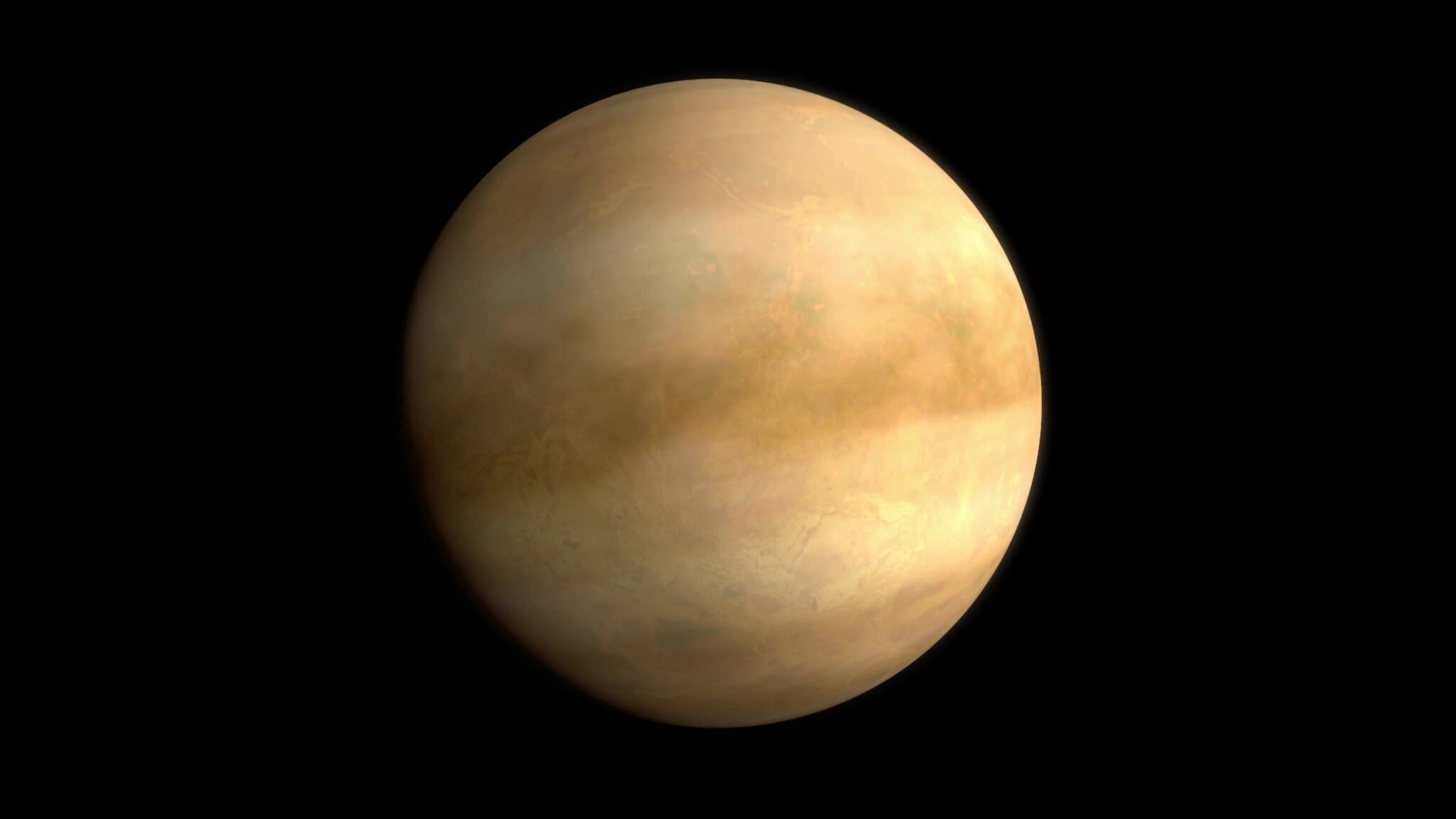Astronomers studying the atmosphere of Venus officially confirmed the detection of clear signs of atomic oxygen on its dayside, on top of the planet’s toxic clouds. It was detected in small quantities earlier over the night side of the planet, but its presence during the day reveals new information about the dynamics of the Venusian atmosphere.

Venus is of particular interest to scientists because it has a lot in common with the Earth, but is also significantly different. The planets have similar mass, chemical composition and density, but Venus is covered with thick clouds consisting mainly of sulfuric acid, and its carbon dioxide atmosphere creates a powerful greenhouse effect, leading to an extremely high surface temperature (about 465 °C) and a pressure about 93 times higher than that of the Earth’s surface.
The gas shell of Venus rotates very quickly around it. Winds there can often reach speeds of about 700 km/h, while on Earth, the highest recorded wind speed was only 407 km/h.
The reasons for the large differences between Venus and Earth are not fully understood yet. Studying the atmosphere of our neighbor can help to better understand them. Researchers pay special attention to atomic oxygen.
Atomic oxygen on Venus
The oxygen we breathe on Earth is molecular: its molecules consist of two atoms (O₂) connected to each other. Atomic oxygen consists of separate, independent atoms of this element. It reacts quickly with other substances due to its chemical activity. On Earth, it is mainly found at high altitudes, where it is formed as a result of the splitting of molecular oxygen by solar radiation.

A similar process can occur on Venus. Since its atmosphere contains mainly carbon dioxide (CO₂), sunlight leads to the splitting of its molecules into atomic oxygen and carbon monoxide. Moving from the nightside of Venus to the dayside, these substances recombine into CO₂ molecules, which leads to the appearance of the planet’s glow in the dark. Atomic oxygen was discovered as part of this process, but its presence during the day is a new discovery.
Discovery with SOFIA
Researchers led by physicistHeinz-Wilhelm Hübers from the German Aerospace Center (DLR) analyzed the data collected by the Stratospheric Observatory for Infrared Astronomy (SOFIA). He collected data on 17 different points of the planet, including the day and night sides, as well as the terminator — the transition line between light and darkness. At all these points, the team of scientists discovered atomic oxygen, and its concentration peaked at an altitude of about 100 km. This corresponds to an altitude intermediate between the two main models of atmospheric circulation on Venus: the powerful super-rotating flow counterclockwise below 70 km and the subsolar-to-antisolar flow in the upper atmosphere above 120 km.
The discovery indicates that atomic oxygen may be an important resource for further studies of the atmosphere of Venus, especially in the transition zones between the two circulation models. Future observations, in particular near antisolar and subsolar points, as well as at various angles of incidence of sunlight, will provide more details about this region and will help future space missions to Venus.
Together with measurements of the atomic oxygen content in the atmospheres of Earth and Mars, these data will help improve our understanding of the differences between the terrestrial and Venusian atmospheres.
Earlier we talked about interesting facts about Venus.
According to sciencealert.com
Follow us on Twitter to get the most interesting space news in time
https://twitter.com/ust_magazine

